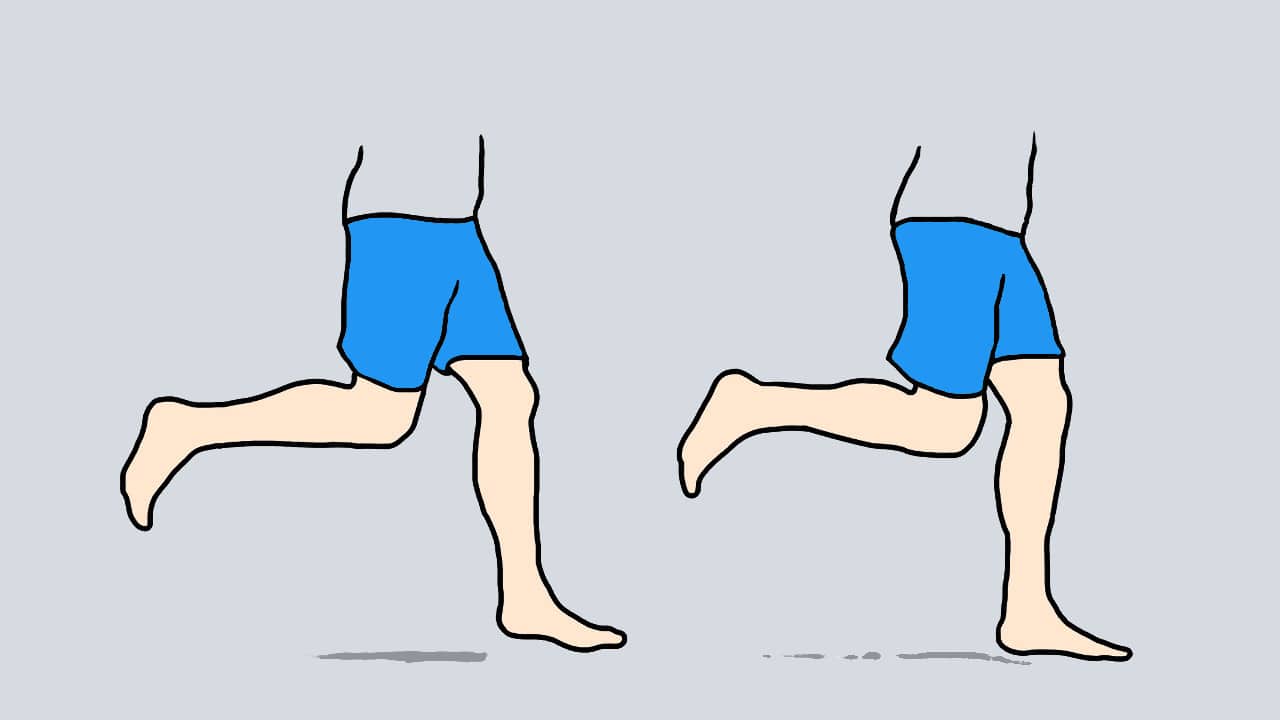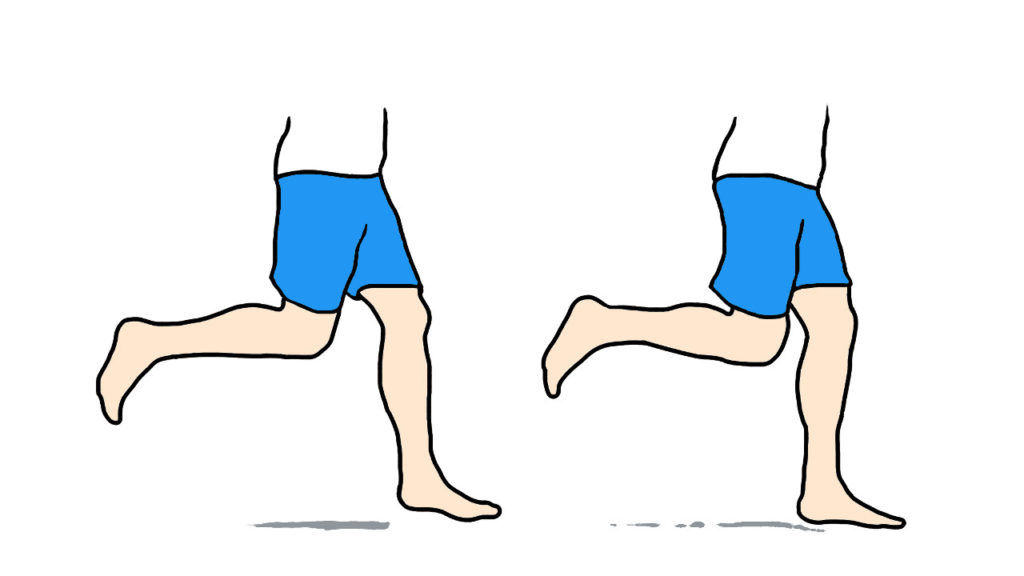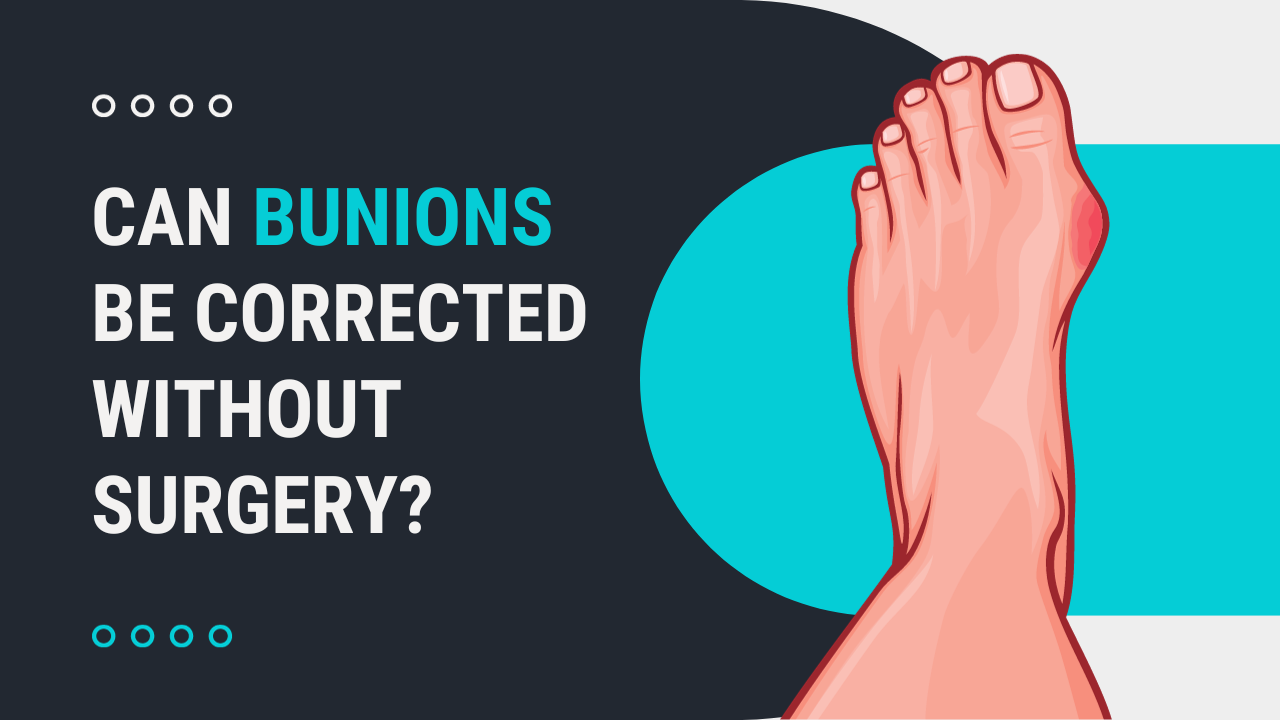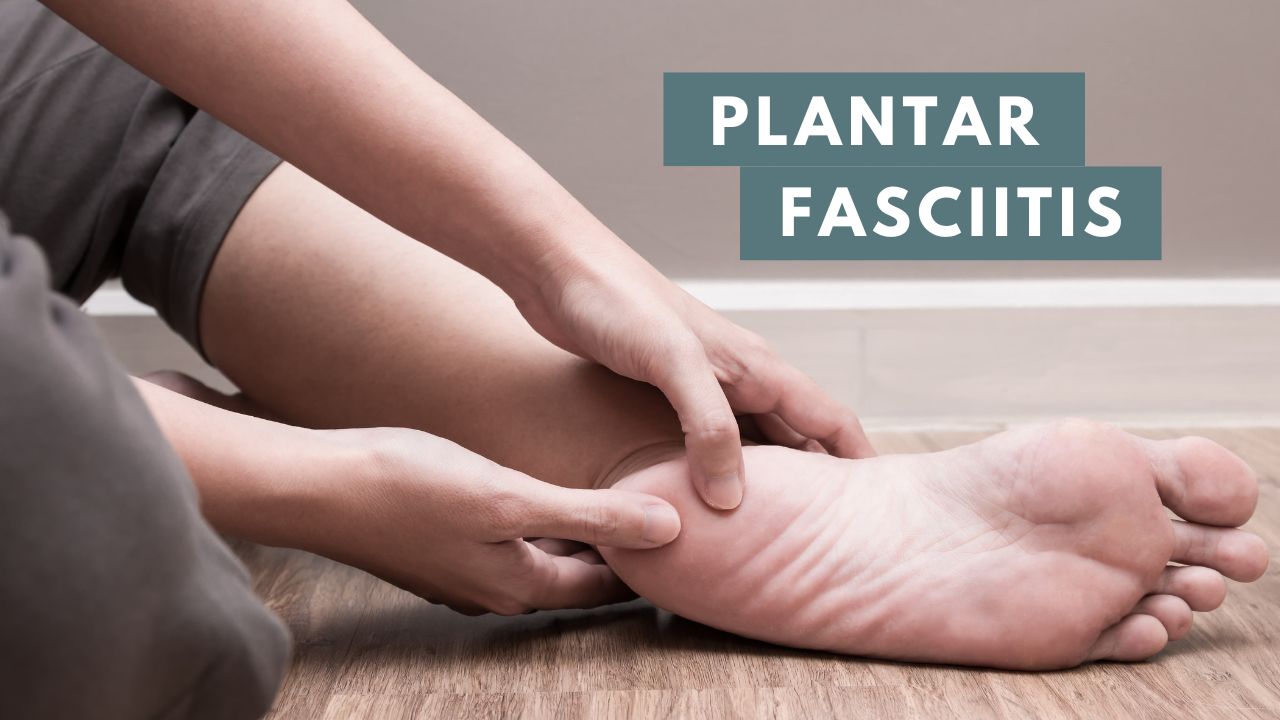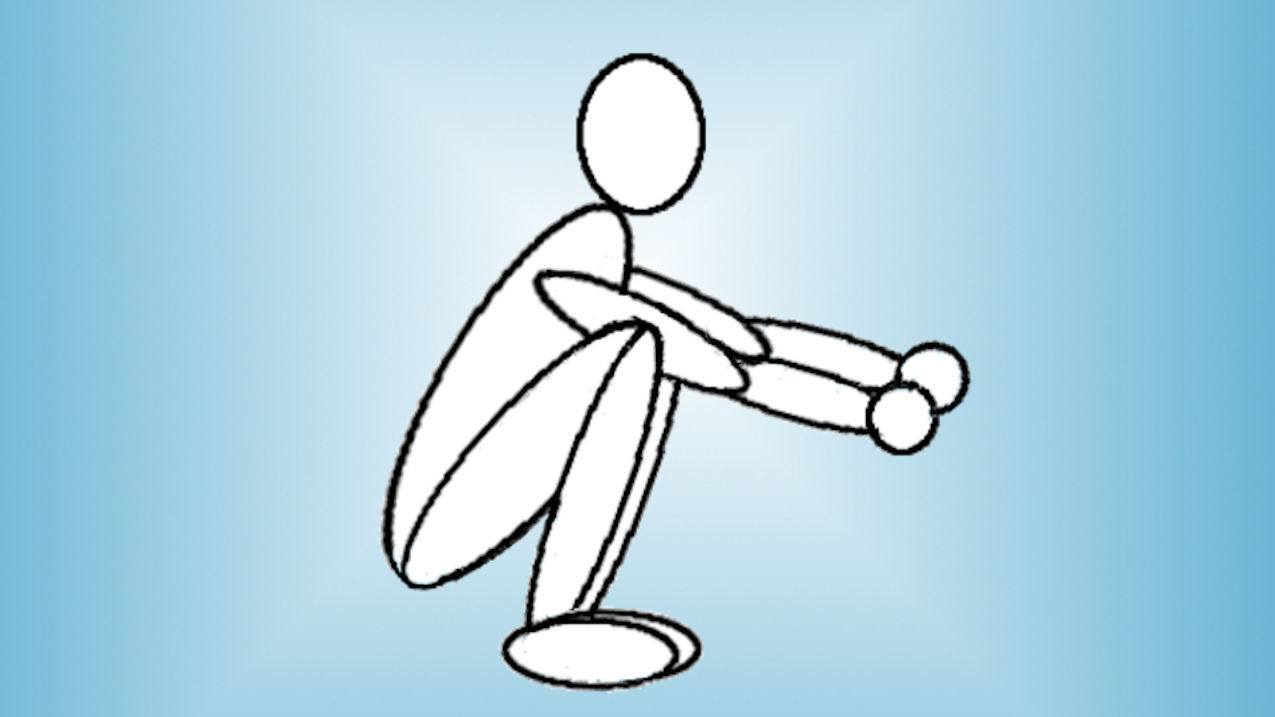Barefoot running gained considerable attention following the 2009 publication of the book Born to Run. The book’s author, in search of solutions to his running injuries, sets off to find a group of Indians in Mexico who can run very long distances without modern running shoes.
This book, along with the research work of Daniel Lieberman at Harvard, ignited the discussion on the health benefits of barefoot running.
Humans have been running for millions of years barefoot or in thinly soled sandals after all.
Up until the jogging boom of the 1970’s, running shoes were mostly flat, thin, and without the extra cushioning and support features found in today’s shoes.
Reports Emerge on Barefoot Running Benefits
There isn’t much evidence that modern, cushioned running shoes prevent injuries.1 It’s been suggested that cushioning and support features may actually be doing more harm than good.2,3
As barefoot running grew in popularity, anecdotal reports appeared on running forums from people saying they developed better arches from barefoot running.
Based on these testimonials it would seem barefoot running can improve flat feet.
But apparently not for everybody. I’ve also seen posts from people reporting that didn’t see a difference.
Of course, there are a few problems with relying on anecdotes.
It’s not possible to draw conclusions from anecdotes on whether barefoot running causes arches to develop. This is where controlled research studies can sort things out.
Unfortunately, there is not much research that takes on this question of barefoot running and flat feet.
Research Insights
One study found positive changes in the arches of people who increased their barefoot activity.3 This study was not on running but on barefoot activity in general.
Another study found that barefoot running reduces pronation in runners.5 People with flat feet tend to overpronate so the could be considered as evidence.
Several studies have also shown a lower incidence of flat feet in people who are habitually barefoot.6,7
But I’ve also seen at least one study that showed no difference in arch height between barefoot and shod runners.8
So it looks like more research is needed if this question is going to be answered conclusively.
How it Might Work
Several reasons have been put forth for how barefoot running might increase the height of the arch.
When the foot is free from the enclosure of a shoe, it’s thought that the muscles in the foot get stronger. Stronger intrinsic foot muscles may result in a better arch shape.
When people run barefoot they also tend to adopt a different running style than when wearing shoes.4 Barefoot runners often land towards the front of the foot–referred to as a forefoot strike or midfoot strike.
Most runners when wearing shoes, in contrast, land on their heels. Cushioning in shoes allows someone to land on their heels even when running on hard surfaces.
With a forefoot or midfoot strike, the front of the foot touches down before the heel. This puts greater demands on the foot and lower leg muscles that, over time, may result in a better arch shape.
My Experience with Barefoot Running
I attempted barefoot running when I first started working to correct my flat feet.
Initially, I was running on sand at the beach. I enjoyed it but didn’t stick with it long because it wasn’t practical to drive to the beach regularly.
Eventually, I tried running barefoot on hard surfaces.
I could tell the running barefoot on pavement was doing something. I remember coming back from one run and noticing more separation between my first and second toes.
This seemed like a positive development.
However, I also remember my ankles were sore for several days after running. I also got a blood blister on the bottom of my foot after one run.
I wouldn’t say I disliked barefoot road running, but I realized I enjoy the protection a rubber sole offers.
Constantly paying attention to where my feet were landing took some of the joy away from running.
So, unfortunately, I didn’t stick with barefoot running long enough to get a good sense of whether it would have helped in my case.
I believe it probably would have if I kept with it long enough and was able to avoid injury.
I’m not sure it would be more effective than the program I ultimately used to correct my flat feet. Or if a decrease in pronation from barefoot running, as that one study reported, would translate into better walking mechanics.
What About Minimalist Shoes?
For now, I’ve found a nice middle ground with running in minimalist shoes.
Research has shown that running in minimalist shoes is not entirely the same as going barefoot9 though it may improve foot muscle strength and arch function.10
It may take a while before there is enough research to determine the health benefits from wearing or running in minimalist shoes. I believe they’ve helped me.
I’ve felt foot muscle soreness from running in minimalist shoes–like the good kind that comes after a hard workout. This is something I never got from running in stability shoes.
It did take a while to transition to running to shoes with less support — probably close to a year. But I’m happy I did and doubt I’ll ever return to running in more structured shoes again.
My attempt at barefoot running, though short lived, did help me pay more attention to the way I run.
The benefit to this is that I adopted a more natural running form and stopped overstriding.
The barefoot running movement also helped change my perspective on flat feet and was part of the inspiration for this website.
References
- Richards CE, Magin PJ, Callister R. Is your prescription of distance running shoes evidence-based?. British journal of sports medicine. 2009 Mar 1;43(3):159-62.
- Daoud AI, Geissler GJ, Wang F, Saretsky J, Daoud YA, Lieberman DE. Foot strike and injury rates in endurance runners: a retrospective study. Med Sci Sports Exerc. 2012 Jul;44(7):1325–34.
- Robbins SE, Hanna AM. Running-related injury prevention through barefoot adaptations. Med Sci Sports Exerc. 1987 Apr 1;19(2):148-56.
- Altman AR, Davis IS. Barefoot running: biomechanics and implications for running injuries. Current sports medicine reports. 2012 Sep 1;11(5):244-50.
- Russell RM, Simmons S. The effects of barefoot running on overpronation in runners. International Journal of Exercise Science: Conference Proceedings 2016 (Vol. 8, No. 4, p. 42).
- D’AoÛt K, Pataky TC, De Clercq D, Aerts P. The effects of habitual footwear use: foot shape and function in native barefoot walkers. Footwear Science. 2009 Jun 1;1(2):81-94.
- Rao UB, Joseph B. The influence of footwear on the prevalence of flat foot. A survey of 2300 children. The Journal of bone and joint surgery. British volume. 1992 Jul;74(4):525-7.
- Arulsingh W, Pai G, Samuel AJ. Does Medial Arch Height Differs from Barefoot Runners to Shod Runners?–an Analytical Study. Indian Journal of Physiotherapy and Occupational Therapy. 2015 Jan;9(1).
- Hollander K, Argubi-Wollesen A, Reer R, Zech A. Comparison of minimalist footwear strategies for simulating barefoot running: a randomized crossover study. PloS one. 2015 May 26;10(5):e0125880.
- Miller EE, Whitcome KK, Lieberman DE, Norton HL, Dyer RE. The effect of minimal shoes on arch structure and intrinsic foot muscle strength. Journal of Sport and Health Science. 2014 Jun 1;3(2):74-85.
